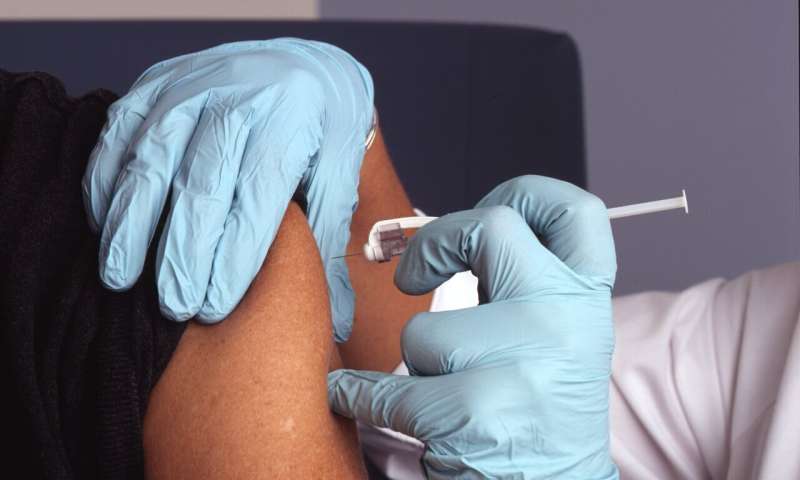Smartphone Data Predicts Recovery Outcomes After Bone Fractures

Innovative study reveals how smartphone mobility data can predict recovery outcomes in patients with broken legs or hips, paving the way for personalized treatment plans.
Recent research highlights the significant role smartphones can play in predicting recovery progress for patients with broken legs or hips. By analyzing mobility data collected from smartphones—such as step counts, walking speed, step length, and gait—doctors can gain valuable insights into a patient's pre-injury activity levels. This information helps forecast how well they will recover post-surgery.
A study involving 107 adults, all at least six months post-surgery for hip or leg fractures, demonstrated that individuals' mobility prior to injury strongly correlates with their post-injury recovery capacity. Participants' smartphone data revealed that those with higher pre-injury activity levels tended to achieve better outcomes during recovery, including increased physical activity and mobility.
The findings suggest that pre-injury mobility metrics could serve as vital indicators for clinicians designing personalized treatment plans, rehabilitation strategies, and early complication detection methods. Lead researcher Dr. Brian Shear from the University of Maryland Medical Center emphasized that this approach could revolutionize orthopedic care by providing clearer expectations and more precise recovery guidance.
The study also points toward expanding this technology across various orthopedic specialties, such as sports medicine, joint replacements, shoulder surgeries, and foot and ankle care. An app is currently under development to support broader implementation, with plans for multicenter clinical trials later this year.
Overall, incorporating smartphone mobility data into patient assessment protocols offers a promising avenue for enhancing recovery predictions and personalizing orthopedic treatments, fostering more efficient and patient-centered care.
Stay Updated with Mia's Feed
Get the latest health & wellness insights delivered straight to your inbox.
Related Articles
Understanding the Impact of Slavery and Racism in Vaccine Mandate Discourse
This article explores the complex history of racism and vaccination in the U.S., emphasizing the importance of equitable health policies and dispelling harmful myths that threaten public trust.
Research Links Chronic Cannabis Use to Increased Cardiovascular Risks
Chronic cannabis use, whether smoked or ingested, is associated with impaired blood vessel function and increased cardiovascular risks, according to recent research. This highlights the importance of understanding cannabis's impact on heart health.
Innovative Cooling Garments Offer Protection for Workers in a Warming Climate
New research highlights how cooling garments can significantly protect outdoor workers from extreme heat, reducing risk of heat-related injuries amid rising global temperatures.
Enhancing PI31 Protein Levels Offers Neuroprotection in Mouse Models
Research indicates that increasing PI31 protein levels can prevent neurodegeneration, restore neuron function, and extend lifespan in mouse models, opening new therapeutic avenues for neurodegenerative diseases.



